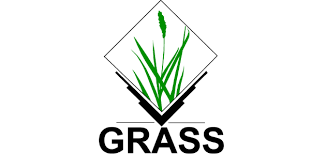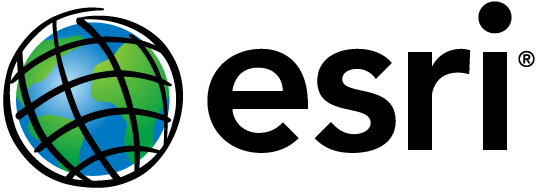MAPS! – GIS software allows us to combine data attributes with a geographic location on a map. It provides us tools to geo-process, layer, visualize, and analyze all kinds of geo-spatial data.
GEOGRAPHY! – The intelligence helping businesses track assets, scientists discover patterns, and everyday people understand the world around them.
GIS: Geographic Information Systems / Geographic Information Science
GIS Software:
ESRI is one of the major players in proprietary GIS software. They have an entire Enterprise Suite of Desktop, Mobile, and Web Apps. For more information and a better understanding of what GIS is, take a look at ESRI‘s definition of “What is Gis?”

QGIS is a robust Free / Open Source option if you are looking for a way to get in and start exploring GIS software. It supports many of the standard formats freely available from a wide variety of GIS data sources. If you are interested, visit their website to Get Started.

Grass is another Free / Open Source option that has been around for a long time. It also supports a variety of data formats widely available, but I feel like there is a bit more of a learning curve with this software if you are new to GIS. Visit their page for First Time Users to get started.

